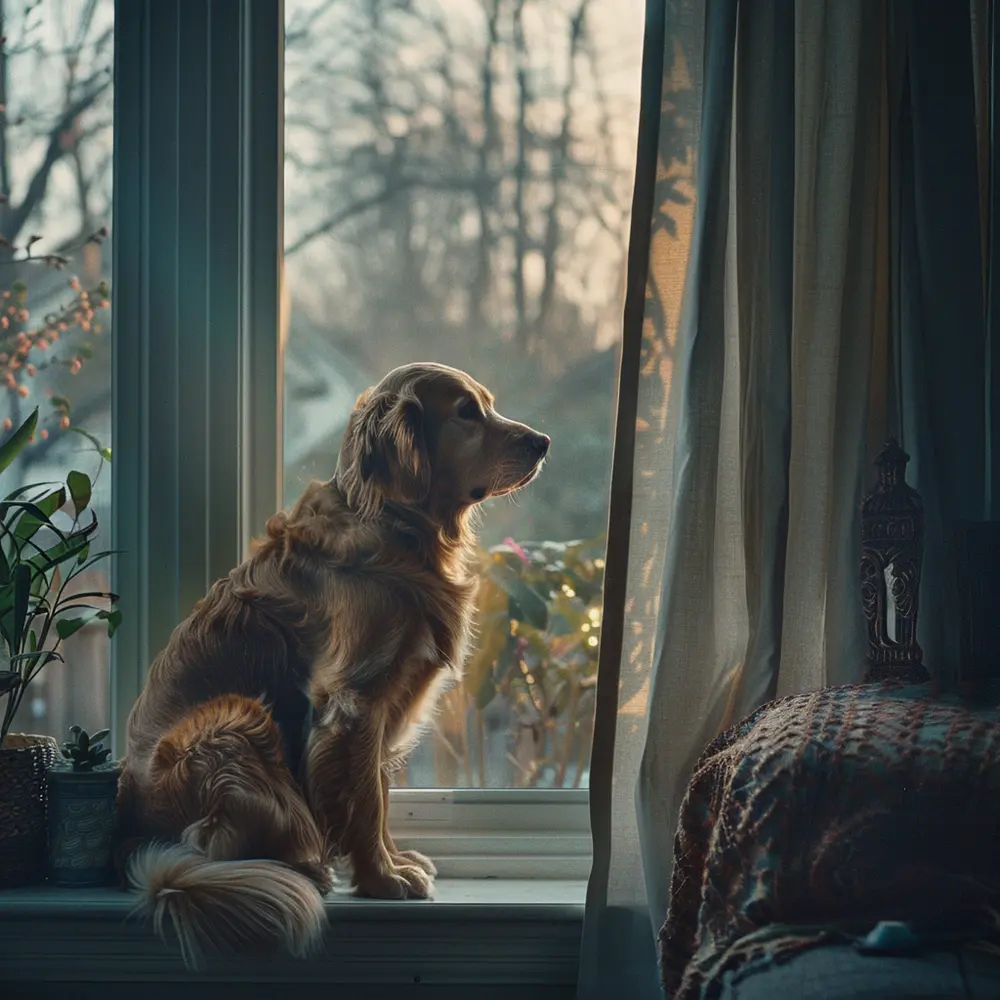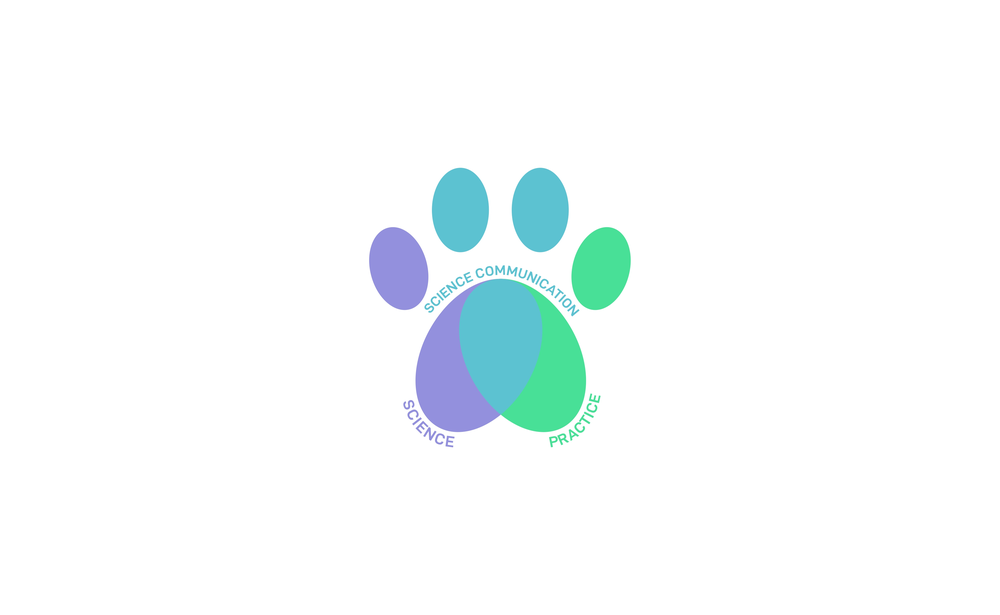Table of Contents:
Introduction
Leaving your puppy or adult dog home alone can be a daunting experience, both for you and your pet. Dogs are social animals, and they can struggle with separation-related anxiety when left alone. This guide aims to provide you with practical steps to train your puppy to stay home without stress and anxiety. By following these steps, you can ensure your puppy remains happy and calm while you are away.
Understanding the root causes of separation-related anxiety is essential for effective training. It is also important to consider underlying frustrations rather than treating anxiety as a standalone issue. In this guide, we will explore various techniques and strategies to help your puppy cope with being alone.
This guide is designed for beginners, so even if you are new to dog training, you'll find the information easy to understand and implement. Let's dive into the steps that will help your puppy feel more secure and less anxious when left alone.
Understanding Separation-Related Anxiety in Puppies
Separation-related anxiety in puppies is a common issue that many dog owners face. It occurs when a puppy experiences distress due to being separated from their owner. This anxiety can manifest in various ways, such as excessive barking, destructive behaviour, or house soiling.
Causes of Separation Anxiety
There are several factors that can contribute to separation-related anxiety in puppies. These include:
- Lack of early socialisation: Puppies that are not exposed to different environments and situations during their formative weeks may struggle with being alone.
- Changes in routine: Sudden changes in the household routine, such as a new job schedule, can trigger anxiety.
- Traumatic experiences: Puppies that have experienced traumatic events, such as being abandoned, may develop separation anxiety.
Signs of Separation Anxiety
Recognising the signs of separation-related anxiety is crucial for addressing the issue effectively. Common symptoms include:
- Barking and howling: Excessive vocalisation when left alone.
- Destructive behaviour: Chewing furniture or other items.
- Pacing: Repetitive movement around the house.
- House soiling: Urinating or defecating indoors despite being house-trained.
By understanding the causes and signs of separation-related anxiety, you can take the first steps towards helping your puppy feel more secure when left alone. In the next sections, we will explore practical techniques to alleviate this anxiety.
A Closer Look: Identifying the Signs of Separation-Related Anxiety
Recognising the signs of separation-related anxiety in your puppy is essential for early intervention. Early identification can help you address the issue before it escalates into more severe behavioural problems.
Behavioural Signs
Separation-related anxiety often manifests through specific behaviours. Look out for the following:
- Excessive Barking or Howling: Your puppy may vocalise excessively when left alone, which can be distressing for both your pet and your neighbours.
- Destructive Chewing: Chewing on furniture, shoes, or other household items is a common sign of anxiety.
- Pacing: Repetitive pacing around the house or a particular area is another indicator.
- Escaping Attempts: Your puppy may try to escape from their confined area or the house itself.
Physical Signs
In addition to behavioural changes, you might notice physical symptoms of separation-related anxiety:
- Dilated Pupils: Wide eyes with enlarged pupils can indicate stress.
- Panting and Drooling: Increased panting and excessive drooling are signs of anxiety.
- Trembling: Shaking or trembling when you are preparing to leave.
- Licking or Chewing Themselves: Some puppies may lick or chew their own bodies excessively as a coping mechanism.
Changes in Routine
Sometimes, even subtle changes in your routine can trigger separation-related anxiety. For example:
- Differing Departure Cues: If you always grab your keys before leaving, your puppy might start associating this action with your departure and become anxious at that moment.
- Variable Time Away: Leaving for different lengths of time can confuse your puppy and exacerbate their anxiety.
By closely monitoring your puppy's behaviour and physical condition, you can identify signs of separation-related anxiety early. This awareness is the first step towards implementing effective training techniques to help them cope better when alone.
Preparing Your Home for Alone Time
Creating a comfortable and secure environment is crucial for helping your puppy feel at ease when left alone. By preparing your home appropriately, you can reduce the chances of separation-related anxiety.
Designate a Safe Space
Having a designated area where your puppy feels safe is essential. This space should be:
- Comfortable: Include a cosy bed, blankets, and familiar toys.
- Secure: Use baby gates or playpens to limit access to other areas of the house.
- Quiet: Choose a location away from high-traffic areas and loud noises.
Puppy-Proofing the Area
Ensure the designated area is free from hazards. Consider the following steps:
- Remove Dangerous Items: Keep electrical cords, small objects, and toxic plants out of reach.
- Secure Furniture: Make sure heavy furniture cannot be tipped over by an energetic puppy.
- Provide Chew Toys: Offer safe chew toys to satisfy your puppy's natural urge to chew.
Create a Calming Atmosphere
A calm environment can help reduce anxiety. Here are some tips:
- Soft Lighting: Use soft lighting rather than bright lights in the designated area.
- Background Noise: Play soothing music or white noise to mask outside sounds that might startle your puppy.
- Aromatherapy: Consider using pet-safe essential oils like lavender to create a calming effect.
By preparing your home thoughtfully, you provide a secure foundation that can significantly ease your puppy's separation-related anxiety. The next steps will involve specific training techniques to further support this process.
Gradual Desensitisation Techniques
Gradual desensitisation is a proven method to help your dog adjust to being alone. This technique involves slowly increasing the amount of time your puppy spends alone, allowing them to become comfortable with your absence.
Start with Short Absences
Begin by leaving your dog, especially when it is a puppy, alone for very short periods:
- Seconds to Minutes: Start with absences lasting just a few seconds to a couple of minutes.
- Stay Calm: Act normally when leaving and returning, avoiding any fuss or excitement.
- Repeat Frequently: Perform these short departures multiple times a day.
Gradually Increase Time Away
Once your puppy is comfortable with short absences, gradually extend the time you are away:
- Add Minutes Slowly: Increase the duration by a few minutes each day.
- Avoid Rushing: If your puppy shows signs of anxiety, reduce the time again and proceed more slowly.
- Use Positive Reinforcement: Reward calm behaviour with treats or praise upon your return.
Create Departure Cues
Help your puppy associate certain actions with your departure:
- Consistent Routine: Perform specific actions before leaving, such as putting on shoes or picking up keys.
- Practice Departures: Go through the motions of leaving without actually going out the door at first.
- Desensitise Cues: Gradually increase the realism of your departures until they are accustomed to seeing you leave.
Soothe During Absences
Provide comfort items to help ease anxiety while you are away:
- Comfort Objects: Leave an item of clothing that carries your scent in their safe space.
- Treat-Dispensing Toys: Use toys that release treats to keep them engaged and distracted.
- Audiobooks or Music: Play calming audiobooks or music designed for dogs during absences.
By using gradual desensitisation techniques, you can help your puppy build tolerance to being alone. Consistency and patience are key. Over time, these steps will reduce separation-related anxiety and foster a sense of security.
Creating a Safe Space for Your Puppy
A safe space is vital for helping your puppy feel secure and comfortable when alone. This area serves as their sanctuary, where they can relax without feeling threatened or anxious.
Choosing the Right Location
Selecting an appropriate location for your puppy's safe space is the first step:
- Quiet Area: Choose a spot away from loud noises and high foot traffic.
- Consistent Temperature: Ensure the area is neither too hot nor too cold.
- Good Visibility: Pick a location where your puppy can see some of their surroundings without feeling exposed.
Essential Items for Comfort
Stock the space with items that provide comfort and security:
- Cosy Bed: Provide a comfortable bed that fits your puppy's size.
- Blankets: Include soft blankets for added warmth and comfort.
- Toys: Place a variety of toys to keep them entertained.
- Water Bowl: Ensure fresh water is always available.
Safety Considerations
Make sure the safe space is free from hazards:
- No Small Objects: Remove items that could be swallowed or choked on.
- Cord Management: Keep electrical cords out of reach to prevent chewing accidents.
- Toxic Plants: Ensure no plants are within reach that could be harmful if ingested.
By creating a well-thought-out safe space, you provide your puppy with a haven where they can feel secure. This setup is an important component in reducing separation-related anxiety and promoting overall well-being.
Using Positive Reinforcement
Positive reinforcement is a powerful tool in training your puppy to stay home without stress. This method involves rewarding desired behaviours, making them more likely to be repeated in the future.
Understanding Positive Reinforcement
Positive reinforcement works by associating good behaviour with rewards:
- Treats: Use small, tasty treats that your puppy loves.
- Praise: Offer verbal praise with a happy tone of voice.
- Toys: Provide favourite toys as rewards for good behaviour.
Rewarding Calm Behaviour
Focus on rewarding your puppy when they remain calm and relaxed:
- During Absences: Give treats and praise when your puppy stays quiet and settled while you are away.
- Upon Return: Reward calm greetings instead of excited jumping or barking.
- In Safe Space: Offer rewards when your puppy chooses to rest in their designated safe space.
Avoiding Unintentional Reinforcement
Be mindful not to reinforce anxious behaviours inadvertently:
- No Attention for Barking: Ignore barking or whining to avoid reinforcing this behaviour.
- Avoid Excitement Before Departure: Keep departures low-key to prevent anxiety triggers.
- No Rewards for Destructive Actions: Do not give attention or treats if your puppy engages in destructive behaviour.
Consistency is Key
Consistency in using positive reinforcement ensures effective training:
- Regular Practice: Incorporate positive reinforcement into daily routines.
- Everyone Involved: Ensure all household members use the same approach for consistency.
- Immediate Rewards: Provide rewards immediately after the desired behaviour to strengthen the association.
By using positive reinforcement, you can encourage your puppy to develop good habits and reduce separation-related anxiety. This approach fosters a positive learning environment and strengthens the bond between you and your puppy.
Interactive Toys and Puzzles
Interactive toys and puzzles can be a great way to keep your puppy engaged while you are away. These tools provide mental stimulation, which can help reduce separation-related anxiety by keeping your puppy's mind occupied.
Benefits of Interactive Toys
Using interactive toys offers several benefits:
- Mental Stimulation: Puzzles and interactive toys challenge your puppy's brain, preventing boredom.
- Physical Exercise: Some toys encourage physical activity, helping to burn off excess energy.
- Anxiety Reduction: Keeping your puppy occupied can help distract them from feelings of loneliness or anxiety.
Types of Interactive Toys
There are various types of interactive toys that can benefit your puppy:
- Treat-Dispensing Toys: These toys release treats as your puppy plays with them, offering both mental and physical engagement.
- Puzzle Toys: Puzzle toys require problem-solving skills to access treats or hidden compartments.
- Squeaky Toys: Squeaky toys can grab your puppy's attention and keep them entertained for longer periods.
- Tug Toys: Tug toys can be used for interactive play sessions before you leave, tiring out your puppy.
Selecting the Right Toys
Choosing the right interactive toys for your puppy involves considering their preferences and safety:
- Size Appropriateness: Ensure the toy is suitable for your puppy's size to prevent choking hazards.
- Durability: Select durable toys that can withstand chewing and rough play.
- Safety: Avoid toys with small parts that could be swallowed or cause injury.
Introducing New Toys
When introducing new interactive toys, follow these steps:
- Supervised Introduction: Initially supervise playtime to ensure your puppy uses the toy safely.
- Create Positive Associations: Use praise and treats to encourage interest in the new toy.
- Rotate Toys: Rotate different toys to maintain novelty and prevent boredom.
By incorporating interactive toys and puzzles into your puppy's routine, you can provide essential mental stimulation and reduce separation-related anxiety. These tools offer an enjoyable way for your puppy to stay engaged and content while you are away.
Establishing a Consistent Routine
Consistency is crucial in helping your puppy feel secure and reducing separation-related anxiety. A well-structured routine provides predictability, which can alleviate stress and create a sense of stability for your puppy.
Regular Feeding Times
Set specific times for feeding to establish a predictable schedule:
- Morning Meal: Feed your puppy at the same time each morning.
- Evening Meal: Maintain a consistent time for the evening meal as well.
- Avoid Free Feeding: Stick to scheduled meals rather than leaving food out all day.
Consistent Exercise Routine
Regular exercise helps burn off excess energy and reduces anxiety:
- Daily Walks: Take your puppy for walks at the same times each day.
- Play Sessions: Incorporate interactive play sessions into the daily routine.
- Mental Stimulation: Include activities like training sessions or puzzle toys to engage their mind.
Scheduled Alone Time
Gradually introduce alone time as part of the daily routine:
- Short Periods Initially: Start with brief periods of alone time and gradually increase the duration.
- Create Positive Associations: Leave treats or favourite toys to make alone time enjoyable.
- Avoid Sudden Changes: Keep departures and returns low-key to minimise anxiety triggers.
Bedtime Routine
A consistent bedtime routine helps signal that it's time to settle down:
- Same Bedtime Each Night: Put your puppy to bed at the same time every night.
- Calm Activities Before Bed: Engage in calming activities like gentle petting or soft music before bedtime.
- Create a Comfortable Sleep Environment: Ensure their sleeping area is quiet and comfortable.
By establishing a consistent routine, you provide structure and predictability that can significantly reduce separation-related anxiety in your puppy. This stable environment helps them feel more secure and less stressed when you are away.
When to Seek Professional Help
While many puppies can overcome separation-related anxiety with consistent training and a structured routine, some cases may require professional intervention. Knowing when to seek help is crucial for your puppy's well-being.
Persistent Anxiety Symptoms
If your puppy continues to show signs of severe anxiety despite your efforts, it may be time to consult a professional. Look for the following:
- Constant Barking or Howling: Persistent vocalisation that does not improve over time.
- Destructive Behaviour: Ongoing destruction of household items despite training and safe space interventions.
- Self-Injury: Signs of self-harm, such as excessive licking or chewing on their own body.
- House Soiling: Continued urination or defecation indoors even after house-training efforts.
Consulting a Veterinarian
A veterinarian can rule out any underlying medical issues that might contribute to anxiety:
- Health Check: Ensure there are no physical health problems exacerbating the anxiety.
- Medication: In some cases, medication may be prescribed to help manage severe anxiety symptoms.
Working with a Professional Trainer or Behaviourist
A professional dog trainer or behaviourist can provide specialised guidance and support:
- Behavioural Assessment: A trainer can assess your puppy's specific needs and create a tailored training plan.
- Advanced Techniques: Professionals have access to advanced techniques and tools that may be more effective.
- Ongoing Support: Regular sessions with a trainer can provide ongoing support and adjustments to the training plan as needed.
Considering a Veterinary Behaviourist
For complex cases, a veterinary behaviourist offers expertise in both medical and behavioural aspects:
- Differential Diagnosis: They can differentiate between behavioural issues and medical conditions that present similar symptoms.
- Sophisticated Treatment Plans: Develop comprehensive treatment plans involving medication, behaviour modification, and environmental changes.
By recognising when professional help is needed, you can ensure that your puppy receives the appropriate care and support. Early intervention by experts can make a significant difference in managing separation-related anxiety effectively.
Conclusion
Training your puppy to stay home without stress and anxiety is a gradual process that requires patience and consistency. By understanding separation-related anxiety, identifying its signs, and preparing your home, you can create an environment that supports your puppy's well-being.
Key Takeaways
- Understand Anxiety: Recognise the causes and symptoms of separation-related anxiety in dogs.
- Create a Safe Space: Designate a secure and comfortable area for your puppy to relax.
- Use Gradual Desensitisation: Slowly increase the duration of alone time to help your puppy adjust.
- Employ Positive Reinforcement: Reward calm behaviour to encourage good habits.
- Introduce Interactive Toys: Use toys and puzzles to keep your puppy engaged and mentally stimulated.
- Establish a Routine: Maintain a consistent daily schedule to provide stability.
- Seek Professional Help When Needed: Consult professionals if severe anxiety symptoms persist.
By following these steps, you can help your puppy develop the confidence and comfort needed to stay home alone. Remember, each puppy is unique, and it may take some time to find the best approach for your furry friend. Consistency, patience, and love are key elements in this journey.
For further reading on the latest research about separation-related anxiety in dogs, regularly check our Dogs and Science website.
Ultimately, with dedication and the right strategies, you can successfully reduce your puppy's separation-related anxiety, ensuring they are happy and relaxed even when you are not at home.
FAQ: Training Your Puppy to Stay Home Alone Without Anxiety
What are the main causes of separation anxiety in puppies?
Separation anxiety in puppies can be caused by a lack of early socialisation, sudden changes in routine, or traumatic experiences such as being abandoned. Understanding these root causes is essential for effective intervention.
How can I identify if my puppy has separation anxiety?
Signs of separation anxiety in puppies include excessive barking or howling, destructive chewing, pacing, attempts to escape, and house soiling. Physical symptoms such as dilated pupils, panting, drooling, and trembling can also indicate anxiety.
What is the role of a safe space in reducing separation anxiety?
A safe space provides your puppy with a secure and comfortable area where they can relax when alone. It should include a cosy bed, familiar toys, and should be free from hazards. This setup helps your puppy feel more at ease and reduces anxiety.
How can positive reinforcement help in training my puppy to stay home alone?
Positive reinforcement involves rewarding your puppy for calm and desired behaviours with treats, praise, or toys. This method encourages good habits and makes it more likely that your puppy will repeat these behaviours in the future, helping to reduce anxiety.
When should I seek professional help for my puppy's separation anxiety?
If your puppy shows persistent symptoms of severe anxiety such as constant barking, ongoing destructive behaviour, self-injury, or house soiling despite your efforts, it may be time to consult a vet or a professional dog trainer for specialised support.








